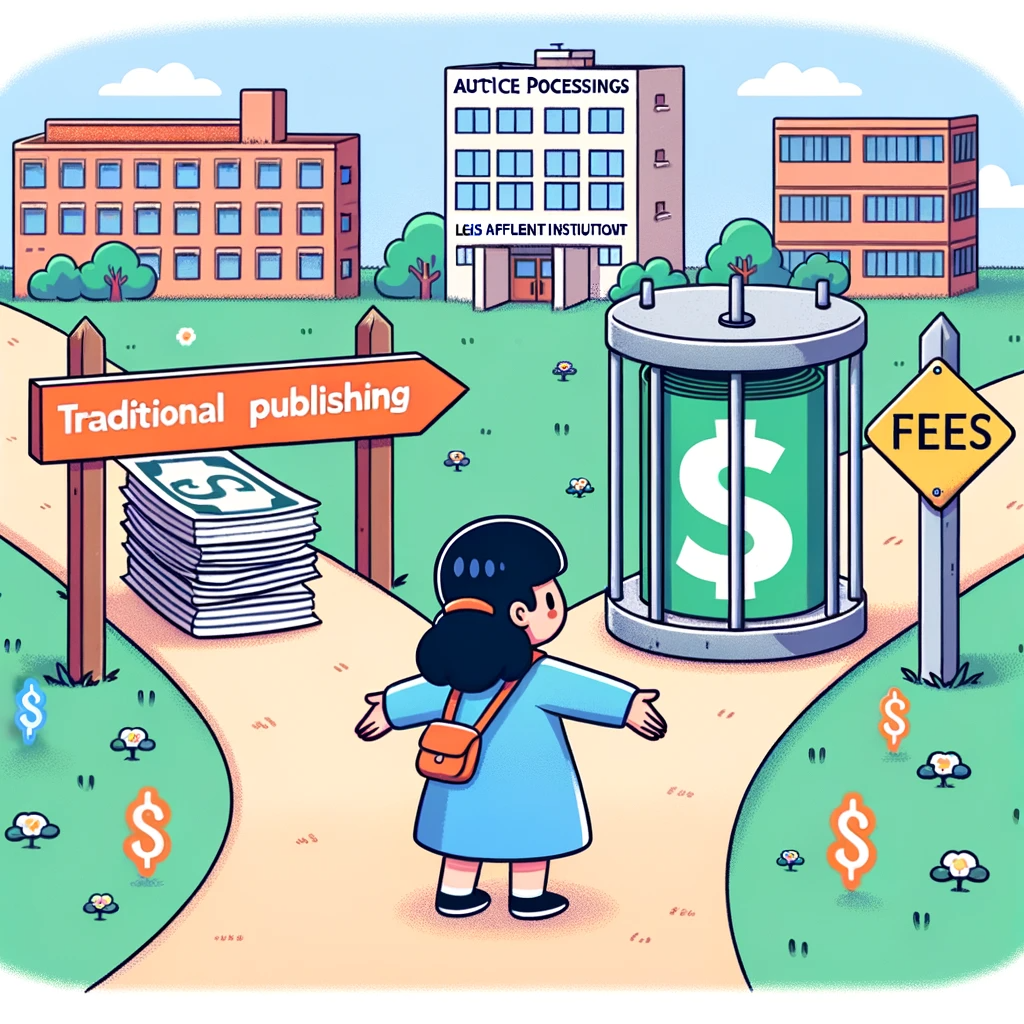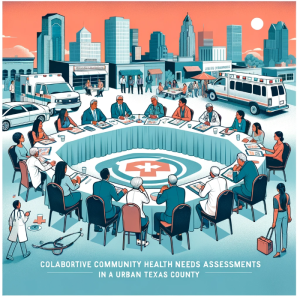
The Evolution of Scientific Publishing: The Rise of the Open-Access Movement
The world of scientific publishing has undergone significant transformations over the years. Traditional publishing, characterized by restrictive paywalls and limited access to groundbreaking research, has long been the standard. However, with the advent of digital technology and an increased emphasis on global collaboration and accessibility, the open-access movement has steadily gained traction. The primary goal of this movement is to ensure that scholarly research, often funded by public monies, is available to anyone, anywhere, without financial barriers. Such democratization not only fosters a more informed global community but also accelerates scientific advancement by facilitating the free exchange of knowledge.
Groups promoting Open-Access
In a recent article from Nature, the intricacies of the open-access movement and its challenges are explored in-depth. Central to this discussion is the initiative by cOAlition S, a group staunchly advocating for open-access publishing. Their Plan S aims to revolutionize the publishing landscape, pushing for more publicly funded research to be accessible to all. In 2022, as the article highlights, 3.6% of all published research was funded by cOAlition S members, with 79% being open access. This might seem like a modest number, but the ripple effect of such initiatives is profound, with entities like the US White House even echoing the sentiments of Plan S by mandating federally funded research to be immediately available by 2025.
Yet, as with all ambitious initiatives, the path to open-access is complex. The article delves into one such unintended consequence of the open-access movement: the emergence of steep Article Processing Charges (APCs). In an attempt to make research freely accessible to readers, the financial burden has, in some cases, shifted to the researchers. These APCs can be prohibitive for scholars, particularly those from less affluent institutions or developing countries.
The cOAlition S, fully aware of these challenges, is not resting on its laurels. The organization is actively seeking alternative publishing models that circumvent APCs. One proposal, aptly named ‘Publish, Review, Curate’, offers a refreshing perspective on the research publishing process. It emphasizes the importance of peer-review transparency and challenges the conventional norms of journal prestige dictating the perceived value of research.
However, as we champion the cause of open-access, it’s imperative to reflect on its potential downsides. A significant concern stems from the very APCs that are becoming commonplace. When publishing charges are exorbitant, they risk creating a system where only those with financial means can publish, inadvertently sidelining critical research from less wealthy regions. Additionally, while open access broadens readership, it raises questions about the quality of publications and the potential dilution of rigorous peer-review standards.
This is where I bring up that it cost me just shy of $3,000 to get something in Implementation Science a few years ago. When colleagues and I published in Vaccines earlier this year, it was another $2,600. And yeah, that was all out of pocket. So, it’s tough to think about how research with less means can get good information out there.
So, there are some clear open access downsides right now.
Conclusion
In conclusion, while the open-access movement marks a significant step towards democratizing knowledge, it’s essential to navigate its challenges with foresight. The debate between accessibility and quality, inclusivity, and financial viability will continue to shape the future of scientific publishing.
Stay on top of Public Health –for less than publishing an open-access article.
By less, we mean “free.”



